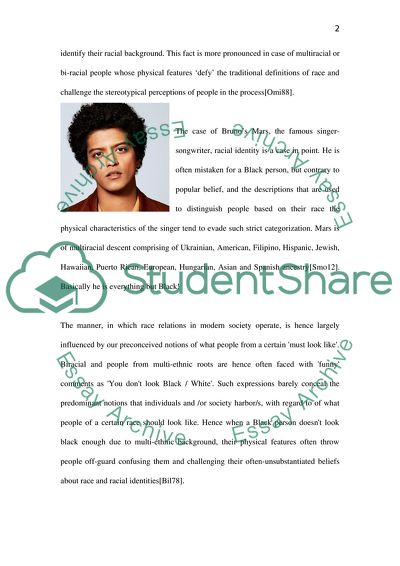Cite this document
(Races Are Social Constructions Rather than Biological Givens Coursework, n.d.)
Races Are Social Constructions Rather than Biological Givens Coursework. Retrieved from https://studentshare.org/social-science/1852854-it-is-now-widely-acknowledged-that-races-are-social-constructions-rather-than-biological-givens-karner-c-2007-ethnicity-and-everyday-life-london-routledge-pp16-17-explore-this-statement-using-an-image-or-another-text-literary-vis
Races Are Social Constructions Rather than Biological Givens Coursework. Retrieved from https://studentshare.org/social-science/1852854-it-is-now-widely-acknowledged-that-races-are-social-constructions-rather-than-biological-givens-karner-c-2007-ethnicity-and-everyday-life-london-routledge-pp16-17-explore-this-statement-using-an-image-or-another-text-literary-vis
(Races Are Social Constructions Rather Than Biological Givens Coursework)
Races Are Social Constructions Rather Than Biological Givens Coursework. https://studentshare.org/social-science/1852854-it-is-now-widely-acknowledged-that-races-are-social-constructions-rather-than-biological-givens-karner-c-2007-ethnicity-and-everyday-life-london-routledge-pp16-17-explore-this-statement-using-an-image-or-another-text-literary-vis.
Races Are Social Constructions Rather Than Biological Givens Coursework. https://studentshare.org/social-science/1852854-it-is-now-widely-acknowledged-that-races-are-social-constructions-rather-than-biological-givens-karner-c-2007-ethnicity-and-everyday-life-london-routledge-pp16-17-explore-this-statement-using-an-image-or-another-text-literary-vis.
“Races Are Social Constructions Rather Than Biological Givens Coursework”. https://studentshare.org/social-science/1852854-it-is-now-widely-acknowledged-that-races-are-social-constructions-rather-than-biological-givens-karner-c-2007-ethnicity-and-everyday-life-london-routledge-pp16-17-explore-this-statement-using-an-image-or-another-text-literary-vis.


